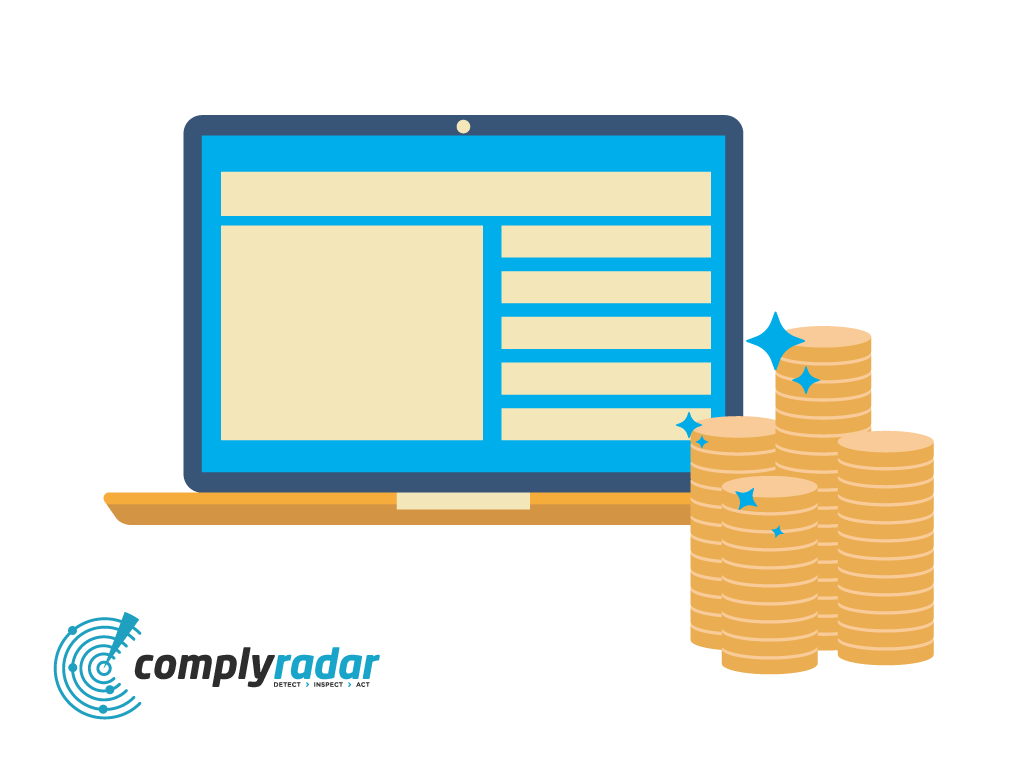The goAML portal came into being in June 2017 when the Irish reporting entities were required to hand in their regulatory reports to the Irish Financial Intelligence Unit (FIU) using this portal. This was a part of a bigger global trend where regulators were attempting to standardize the reporting platforms, thereby providing proof of the vital shift that was taking place with regards to the jurisdictions monitoring terrorist financing activities and money laundering.
Created by the United Nations Office on Drugs and Crime (UNODC), the goAML portal is meant to be used by FIUs to gather regulatory reporting information and allow the intelligence authorities and regulatory reporting entities to analyze and share information regarding criminal activities in a quick, secure, and confidential manner. Therefore, in order to reduce terrorism and other financial crimes from being sponsored, more than 50 member states decided to adopt and evaluate the goAML solution.
There are three major functions performed by the goAML solution. It collects currency transaction reports (CTRs), suspicious transaction reports (STRs), and electronic funds transfer reports (EFT), analyses data using profiling, risk scores, and rules-based analysis, and disseminates information. Reporting entities no longer have to submit paper reports. In addition to reducing the time and cost involved in filing, it also helps the FIUs by providing information regarding potential criminal activity. There’s then an exchange of information with the judicial authorities, law enforcement, and financial institutions. In order for goAML to be completely effective, the data that’s submitted needs to be accurate and thorough. The quality and accuracy of this data is determined by the financial institutions.
Steps need to be taken beforehand in order to prevent the wastage of time and effort in the correction of data quality issues, and also to keep penalties and fines from the regulators at bay. This is why financial institutions need to devote time and effort into improving the quality of their data, especially in the arena of customer information. The customer information collected by companies mainly happens to meet the KYC requirements, but when inspected closely, there’s a significant gap visible between the maintenance of the data and how it’s kept current. Various branches of technology can be employed to improve the quality of recorded data by organizations, including sanctions screening, customer due diligence, and suspicious activity monitoring.
A customer needs to be identified and verified before being on boarded as a customer by a financial institution. Completing the customer due diligence (CDD) is important to verify the identity of the customer and also to determine what a normal activity is for that customer, along with evaluating their associated risk. Data quality can be improved through data analytics. These analytics help in determining if the CDD is accurate and complete, how logical the customer data is, whether the accounts have been through a CDD refresh or not, if the customer information has been updated as per the prerequisites, and the risk (low, medium, or high for AML risk) associated with each account so that the level of CDD required can be determined.
Contact us to book your free demo of ComplyRadar.

